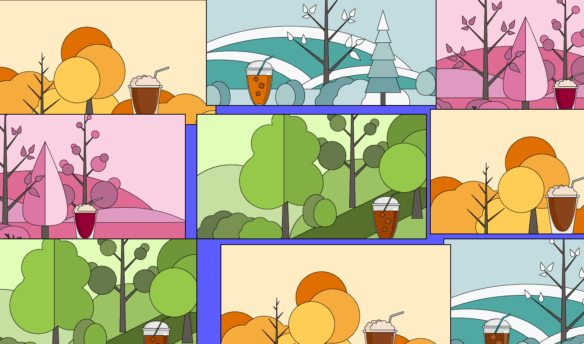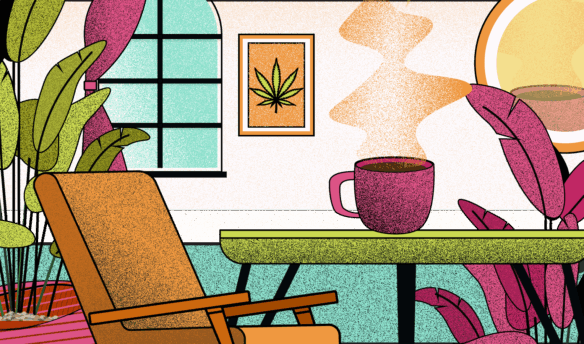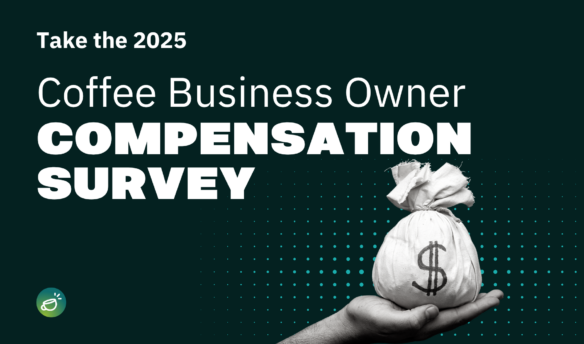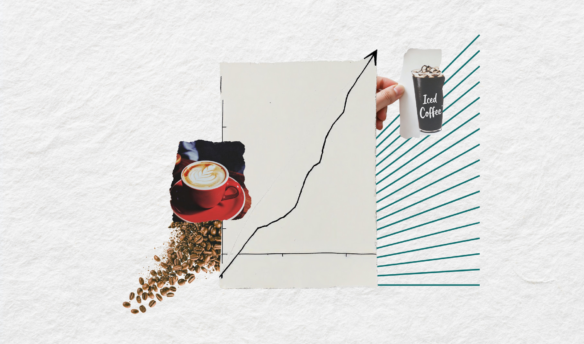In recent years, the coffee industry has begun to take stock of its environmental impact, from the emissions produced by growing, shipping, and roasting coffee to the millions of single-use cups patrons throw away each year. According to the United Nations Environment Programme, 36% of all plastic is made for packaging, and about 85% of all single-use packaging “ends up in landfills or as unregulated waste.” Although paper is not blameless, plastic can take centuries to fully break down, and small pieces, called microplastics, can enter our bodies and impact our health.
And yet, single-use food contact materials (FCMs) like cups, straws, cutlery, containers, and roasted coffee packaging have become an integral part of running a coffee business. “Every cafe has to make the decision about how to deal with waste,” says Rachel Lehman, co-creator of Crema Coffee Roasters, a roaster and local cafe chain in Nashville, Tennessee. Crema aims to be a zero-waste business, and Lehman says that the company diverts just over 90% of its waste from landfill through recycling and composting.
However, many coffee businesses struggle to move beyond surface-level sustainability initiatives and meet the urgency of the moment. Fellow Fresh Cup writer Fionn Pooler even coined the term “coffeewashing” (an industry-specific form of greenwashing), to describe when businesses make sustainability claims that are either fictitious or whose impact is vastly overestimated. In an industry where plastic straws have long served as the poster child of needless waste, initiatives like strawless lids can feel distracting (and dismissive of the needs of people who need straws to drink coffee), and at odds with realistic and achievable sustainability goals.
So, what actually makes packaging sustainable—and how can coffee businesses pursue meaningful and sustainable choices? By weighing considerations like material footprint, recyclability, reusability, and cost, business owners can cut through the noise and make packaging decisions that reduce harm and divert waste from landfills.
What’s Behind Sustainable Packaging Design
In 2024, Herz Coffee submitted a bright orange, reusable, aluminum tin into the packaging category at the Specialty Coffee Association (SCA)’s Coffee Design Awards. In its submission, the coffee brand mentioned sustainability-related considerations five times in one paragraph. “The primary goal with the design was to create a visually striking and environmentally responsible packaging solution for our coffee product,” the statement read. “We aimed to capture attention on store shelves while also communicating our brand’s commitment to sustainability.”
The message seemed to land, and the aluminum tin design took home the win. The SCA judges the awards on five criteria, and within the design category, judges look for products that “minimize material use or incorporate recycled, up-cycled, or otherwise sustainable materials.”
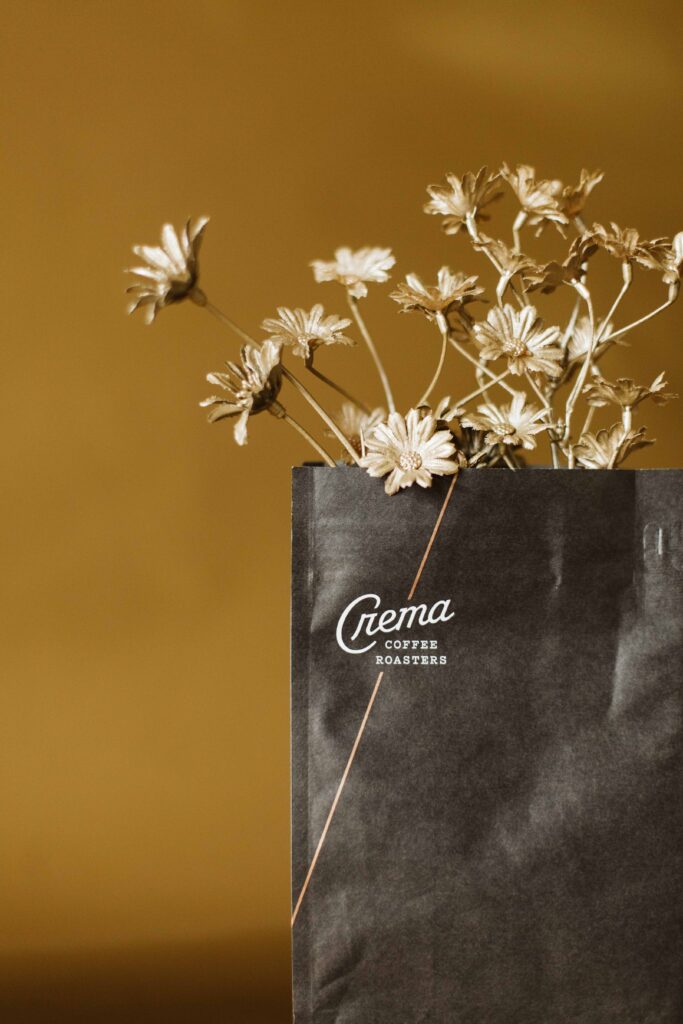
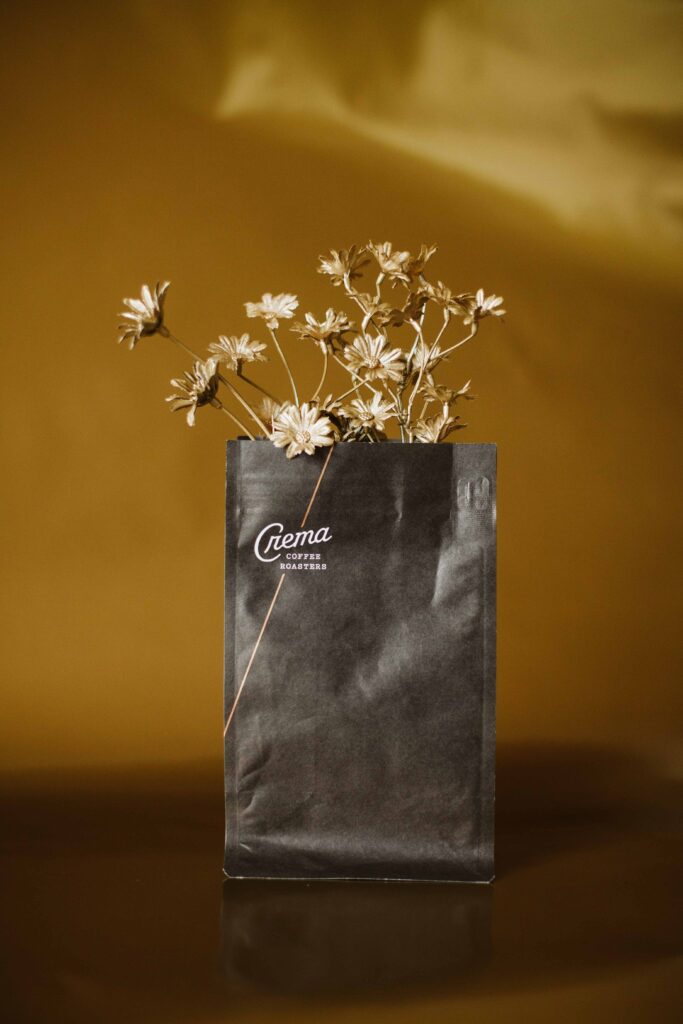
But what does it really mean for packaging to be sustainable? “Sustainable packaging is packaging that meets the needs of the present without compromising the ability of future generations to meet their own needs,” says Madeleine Smart, marketing manager for decent packaging, a U.K.-based and B Corp-certified packaging manufacturer.
Sustainability is also a multi-faceted concept. It’s important to weigh and compare various sustainability considerations, including a product’s materials, carbon footprint, and circularity. “Sustainability has many different faces, and each packaging material has its own sustainability story,” says Charles van Reij, global packaging lead at the Cradle to Cradle Products Innovation Institute, a nonprofit organization that encourages brands to create safe, circular, and responsible products.
Sustainable and circular packaging starts with good design—and FCMs must meet higher safety and hygiene standards than consumer goods like clothing or paper. Smart and Van Reij both offer key considerations for how designers can approach products like containers and cutlery from both an environmental and social standpoint.
“When we analyze a product’s circularity at the Institute, we ask if it’s designed for recycling. And if a product is 100% recyclable, is there a system in place that allows it to be recycled?” says Van Reij. Designers might also consider the percentage of raw materials that can come from renewable sources, like paper, bamboo, and even jute from green coffee, and if these materials can be sourced responsibly, without contributing to deforestation. They should additionally examine whether there are existing take-back or recycling pathways; just because a material is technically recyclable, like many plastics, doesn’t mean it easily can or will be.
Sustainable packaging is packaging that meets the needs of the present without compromising the ability of future generations to meet their own needs. Madeleine Smart, decent packaging
Another design consideration is a product’s potential for extended reuse. For example, cafes using washable dishware versus single-use packaging can save on waste and emissions; this is also why many cafes offer reusable cup discounts. But since takeaway and delivery make up a significant portion of most cafes’ business, citywide reusable container programs can also take the pressure off individual coffee shops. For example, Petaluma, California’s citywide scheme for food and beverage containers provides a scalable model that can reduce waste across entire communities.
The Ellen MacArthur Foundation has also modeled scenarios for refillable packaging programs, and has found that even “fragmented” approaches—like a single cafe offering reusable packaging that is refilled five times, versus a city-wide program where packaging is refilled 10–15 times—can meaningfully reduce waste. Cafes can apply this approach to roasted coffee or cold brew, the way Central Coffee Co. has partnered with VIBE Carolina to offer refillable nitro cold brew kegs.
Finally, designers should consider the product’s “end-of-life.” While products that end up in the ocean or a landfill can pollute ecosystems, create emissions that drive climate change, and impact human health, circular products avoid or delay those consequences. In a circular economy, FCMs would be reused or recycled into the same product (a container is made into another container) or into a different product (a container might be downcycled into filler for construction materials).
There are other ways to complete the circularity journey. Biodegradable dishware is designed to break down without leaving toxic residues, and compostable dishware, a subcategory of biodegradable products, can become compost. Meanwhile, edible cups and straws leave little to no waste behind—extra points when they are allergy-inclusive.
Making Sustainable Choices Is Tricky
However, without manufacturing knowledge, it can be tricky for business owners to differentiate between genuine sustainability and greenwashing.
“At the moment, I’m hesitant to offer biodegradable packaging because I worry it might start to degrade on the shelf, potentially affecting the coffee’s flavor,” says Andreas Astrup, CEO and founder of ROAST Coffee in Copenhagen, Denmark. To bag its roasted coffee, ROAST currently uses flexible packaging—a lightweight combination of materials like paper, aluminum, and plastic sheets and films.
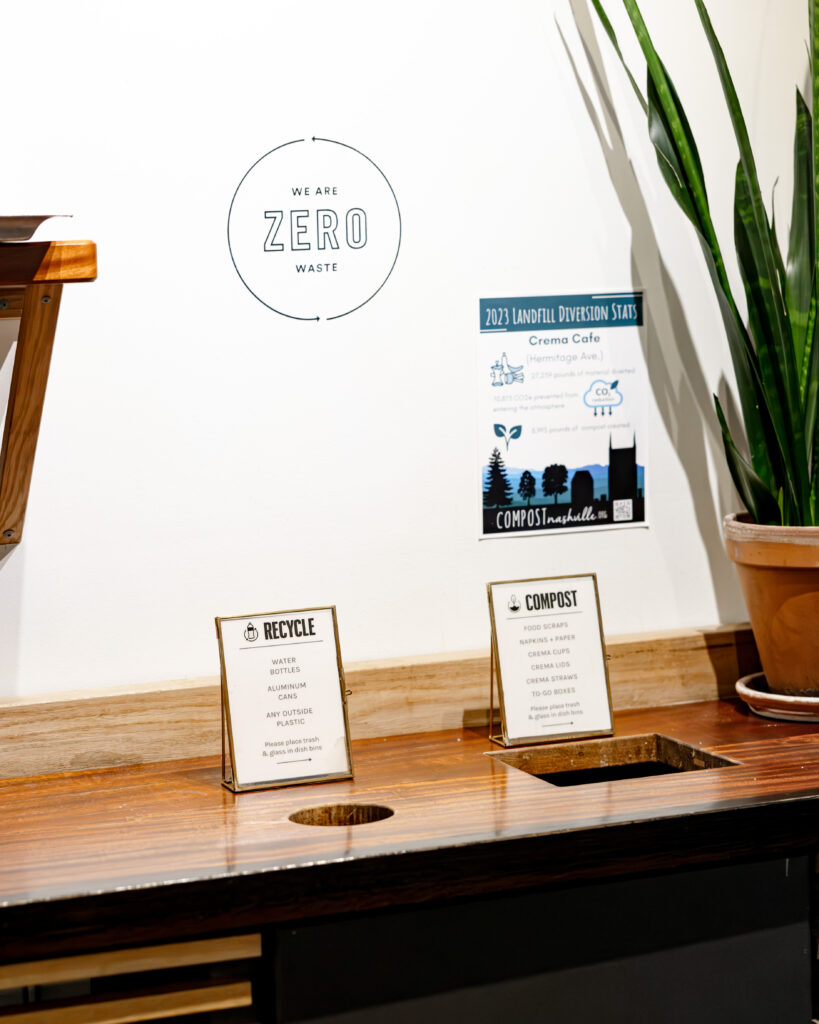
Astrup points out that it can be difficult to know whether so-called sustainable packaging does what it claims. “We’ve also considered returnable packaging for wholesale, but I have reservations; the added transport and cleaning could actually decrease its sustainability,” says Astrup. “We need more data to ensure any changes have a meaningful impact and aren’t just feel-good initiatives.”
Smart says business owners can start by looking “for companies that have certified claims, measure their impact on the planet, and care for the end-of-life of their products. It’s always good to look for trusted third-party certifications like B Corp-certified or compostability certifications.”
Regarding packaging itself, Van Reij says coffee businesses should look at the original three “Rs”: reduce, reuse, and recycle. Coffee business owners must also weigh the quality and sustainability attributes of each packaging type against their values.
“Glass and metal are easily recyclable, but require a lot of energy,” says Van Reij, although recycling increases their energy efficiency. On the other hand, flexible packaging “doesn’t demand a lot of energy and is low-cost, but has a low recycling rate” due to challenges in taking apart the materials and a lack of recycling services.
Sustainability has many different faces, and each packaging material has its own sustainability story. Charles van Reij, Cradle to Cradle Products Innovation Institute
Today, “plant-based” bioplastics, and biodegradable and compostable FCMs, have grown in popularity due to the shift away from conventional plastics derived from fossil fuels. But the three terms are not interchangeable, and neither are their sustainability attributes.
For example, bioplastics, even when made from renewable sources like sugarcane, are typically thrown away like conventional plastic. Meanwhile, cutlery marked “biodegradable” or “compostable” often doesn’t break down in home composting conditions, requiring industrial composting programs that may not be widely available.
Not much food service packaging is being composted yet, but there is potential to increase adoption through business partnerships and consumer education. “When packaging is contaminated with food, it can no longer be recycled,” says Smart. “Food contamination isn’t an issue with compostable materials. If they do end up in landfill, they also break down quicker than regular plastic.”
Compostable packaging has helped Crema progress toward its zero-waste goals, says Lehman. Each of Crema’s four locations has reusable dishware and collection bins for recyclables, like paper bags, milk cartons, and Tetra Paks, as well as compostables. The business uses Biotre 2.0 bags for its roasted coffee; InnoPak cups, lids, and takeout containers; and PrimeWare straws, and composts food waste and coffee grounds. Lehman says their team ensures everything is properly sorted, even when it’s “not the most glamorous of jobs.”
“We try to label everything clearly […] and educate our guests. But, at the end of the day, it’s still up to our team to put on a pair of gloves and dig into each compost and recycling bag to sort through them for contamination,” she says. As a result, each cafe uses less than a 96-gallon container for local trash pickup each week.
The Future of Sustainable Packaging
Most cafes can’t go from zero to zero-waste overnight. But every business can take impactful steps towards sustainability, a gradual tactic that Crema used to move closer toward its sustainability goals.
Barring a world without single-use packaging, there is no perfect option—just a commitment to doing better each day. For Crema, reducing cafe waste entails extra costs, like investing in reusable and compostable FCMs and paying for extra recycling and composting services that Nashville’s municipal program doesn’t offer. But Lehman thinks cafes should be willing to go the extra mile.
“The fee is worth it to know that most of our waste isn’t ending up in landfills,” she says, adding that wider adoption can bring down costs. “We see it as a small piece of the larger, complex puzzle that is trying to practice sustainability in all we do.”













